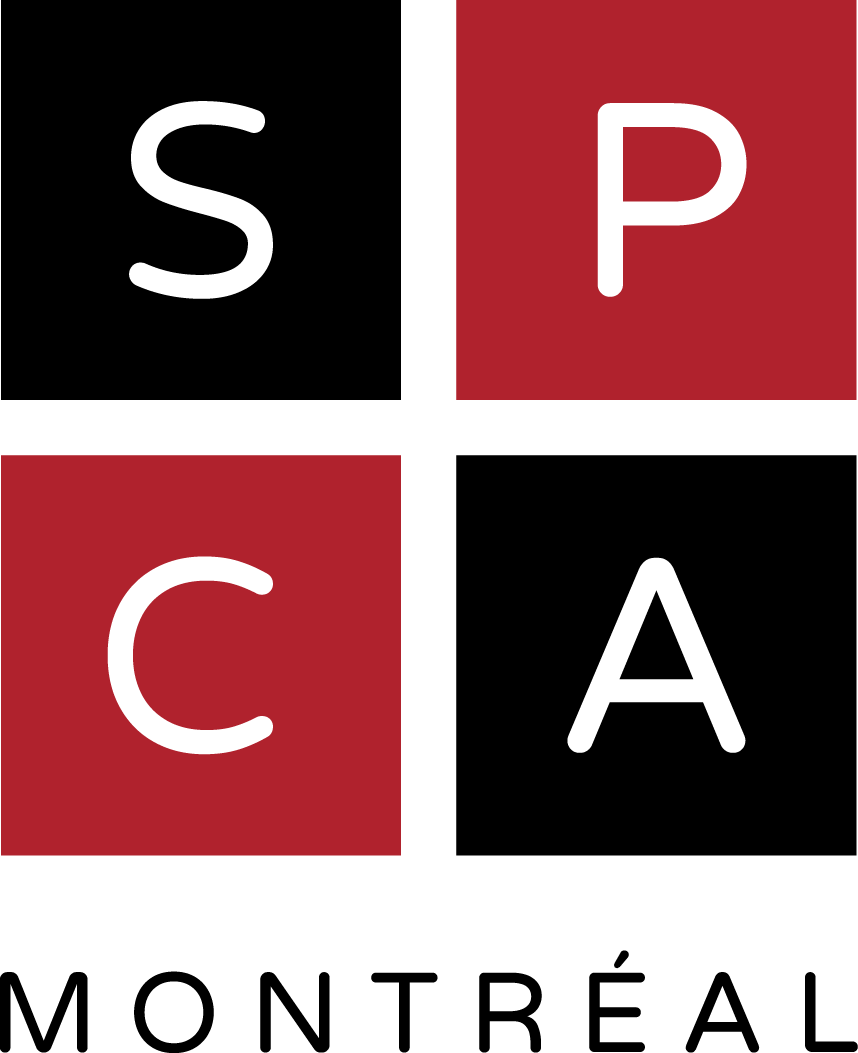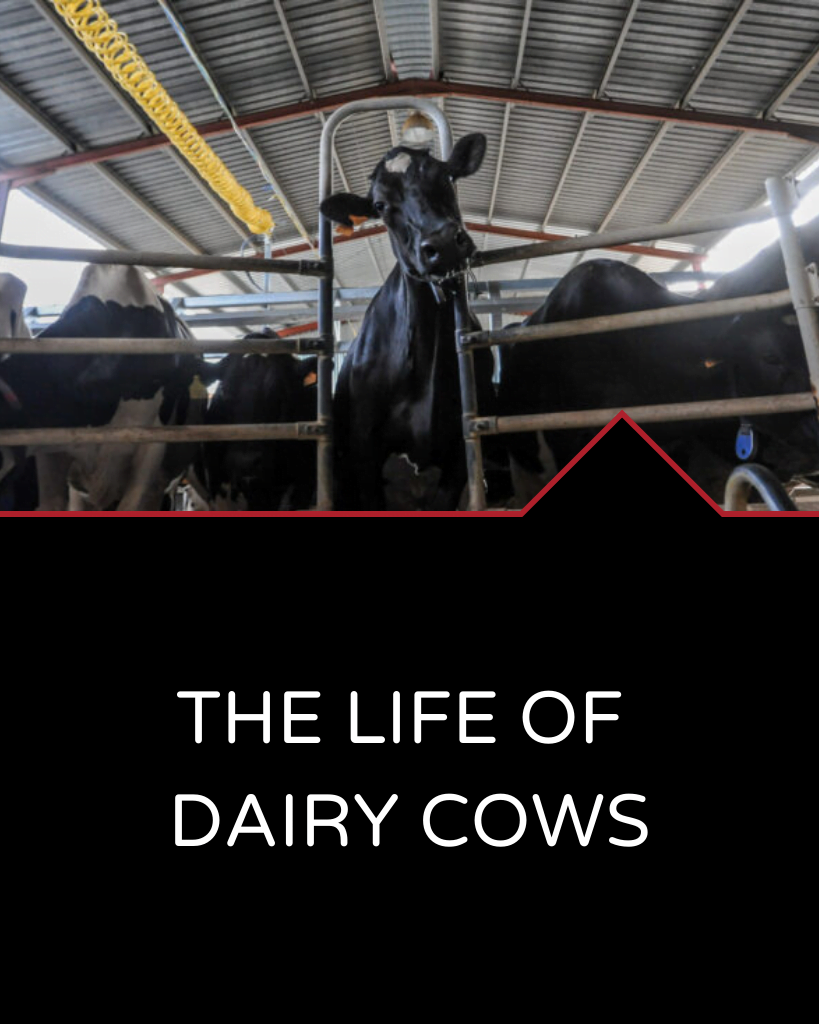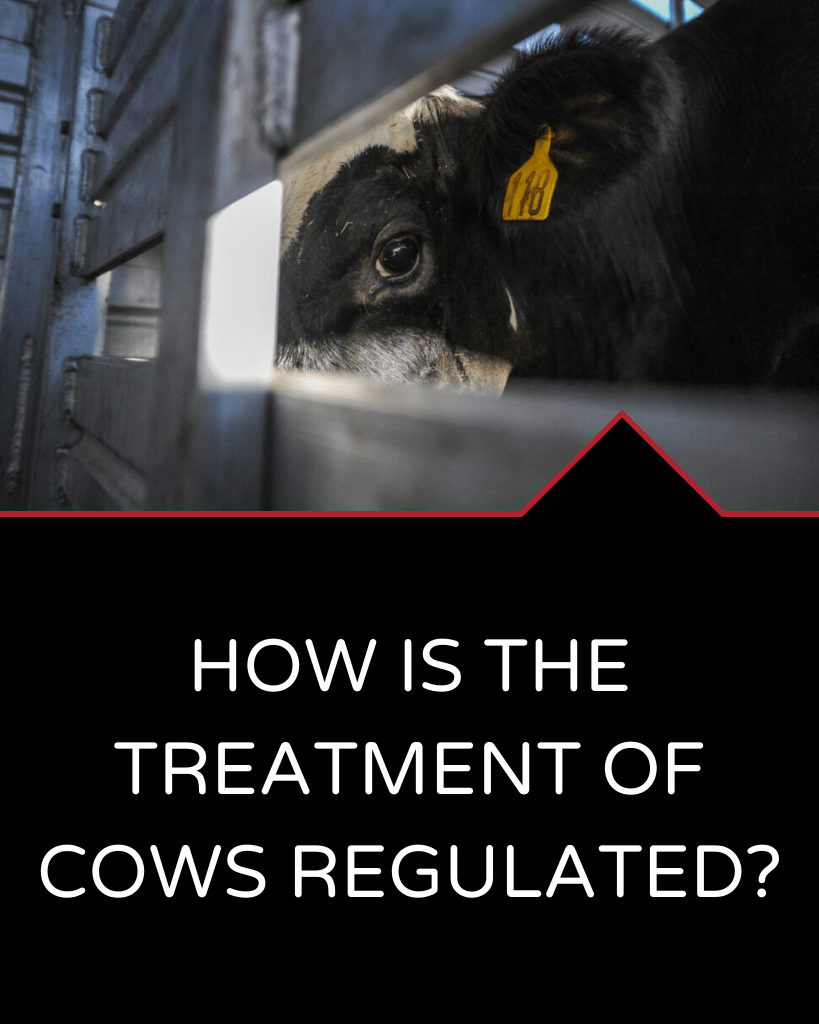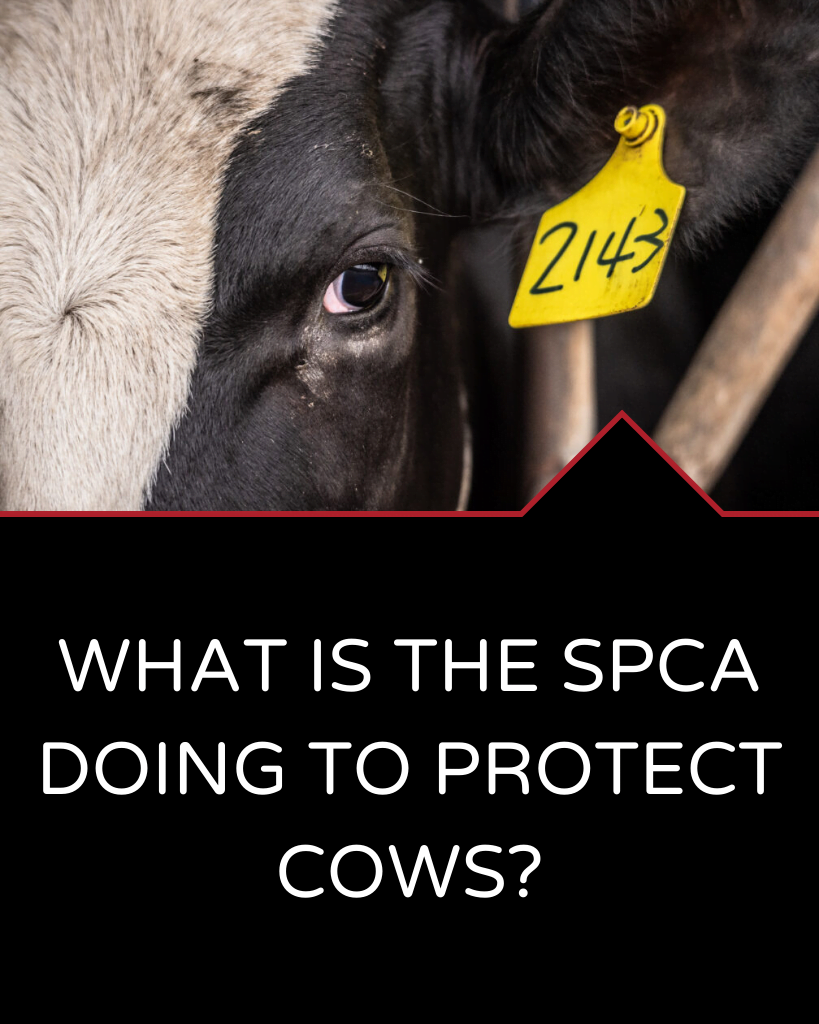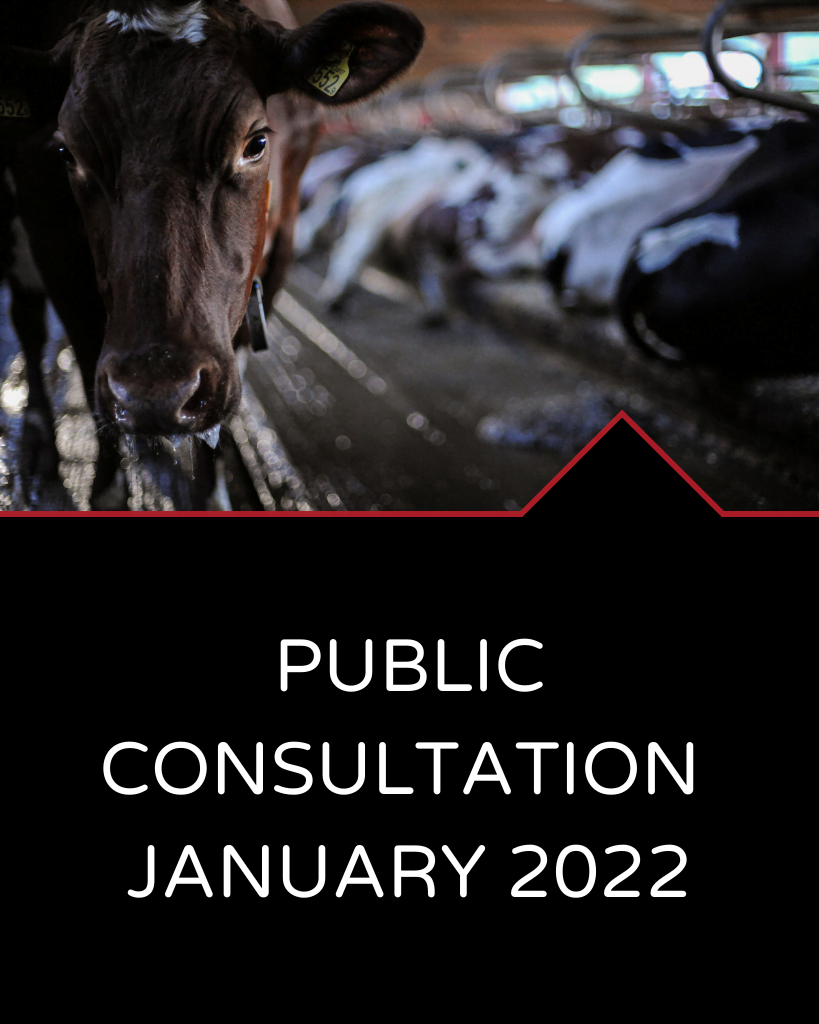The separation of cow and calf, a key aspect of dairy production
Like all mammals, cows must give birth in order to produce milk. The standard practice in the dairy industry is to remove the calf from their mother within the first few hours of life. The calf is then fed a commercial milk replacement and the cow is milked to preserve her milk for human consumption. The bucolic image of mother and calf running freely in a field is therefore hardly standard practice in Canada.
Here are some images shot on a Canadian farm in 2021.
Thanks to Animal Justice for providing this footage.
The maternal instinct: What does the science say?
Throughout their five-year life, dairy cows will give birth about once a year, and their calf will be taken away almost immediately each time. Following this separation, cows make very specific vocalizations9, bellowing for days.
Eva Mutua, a graduate researcher in Applied Animal Behaviour and Animal Welfare at the Royal Dick Vet School, University of Edinburgh, says that cows are particularly keen to express maternal behaviours. When they are given the opportunity, caring for their calves significantly improves their welfare. In some cases, it even increases their milk production.10 The separation of mother and calf, on the other hand, causes significant and repeated psychological suffering to dairy cows and their calves.
The documented benefits of keeping calves with their mother
The benefits of prolonged proximity between cow and calf are now well documented. First, cows that nurse their calves are less prone to mastitis than cows who are milked by machine.11 Higher growth rate and lower mortality are observed in calves left with their mothers.12 Calves also develop better social skills when they have the chance to stay close to their mothers.13
The forced separation of cow and calf that has become the norm in Canada is a very recent practice, dating back only about 100 years. Indeed, as Kerstin Barth, a researcher at the Thünen Institute, tells us, “Cows and calves have been kept together for thousands of years. Producers should be familiar with this type of rearing, but it is as if we have forgotten how dairy cattle behave together and how they react when they are separated.”14
Veal, a by-product of the dairy industry
In the dairy industry, male calves are of no use for milk production and so are sold for meat. Quebec produces the majority of milk-fed calves in Canada. In 2020 alone, nearly 160,000 were slaughtered.15
After calves have been separated from their mother, the norm in Canada is to keep the baby in an individual pen for 140 to 170 days (4 to 6 months).16 However, studies indicate that the complete isolation of young calves induces significant stress in these social animals and does not allow for normal behavioural development.17
Here is a glimpse into calf housing on a Canadian farm in 2021
Thanks to Animal Justice for providing this footage.
